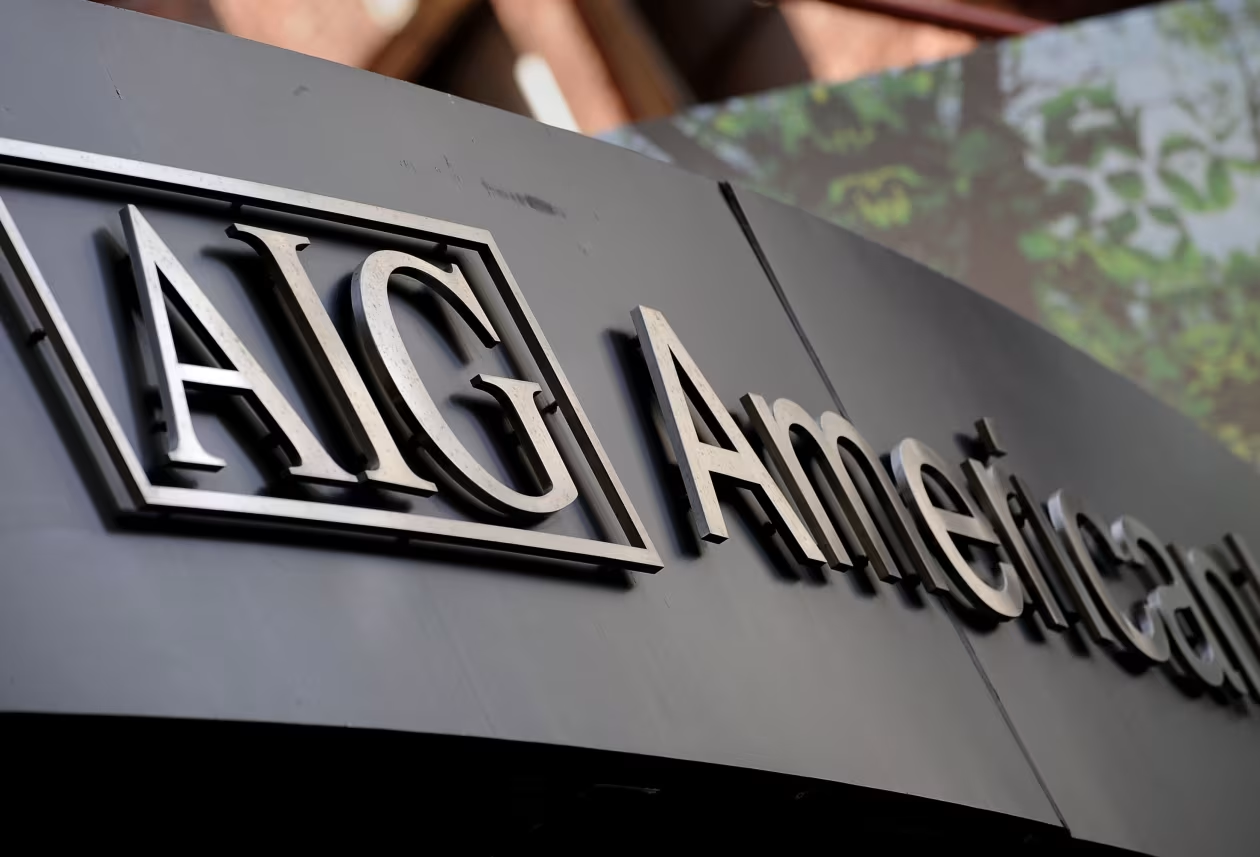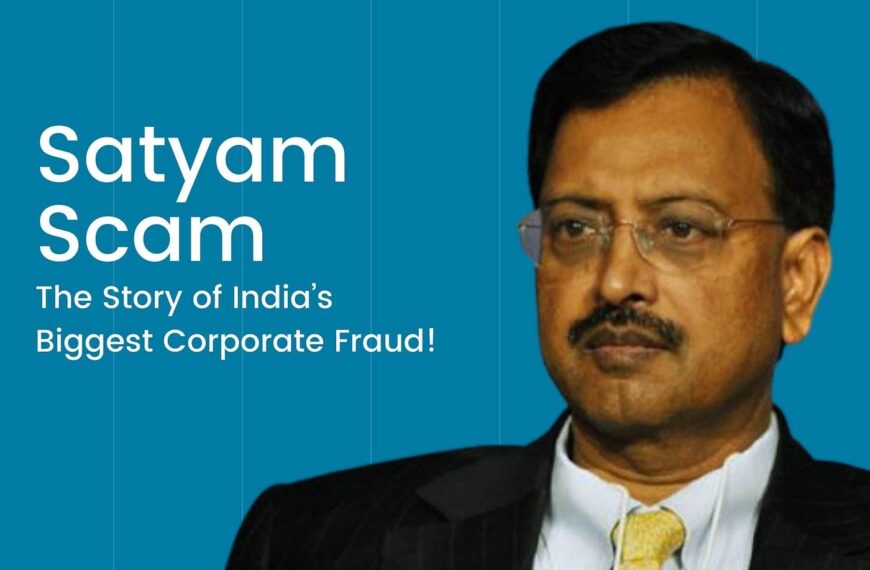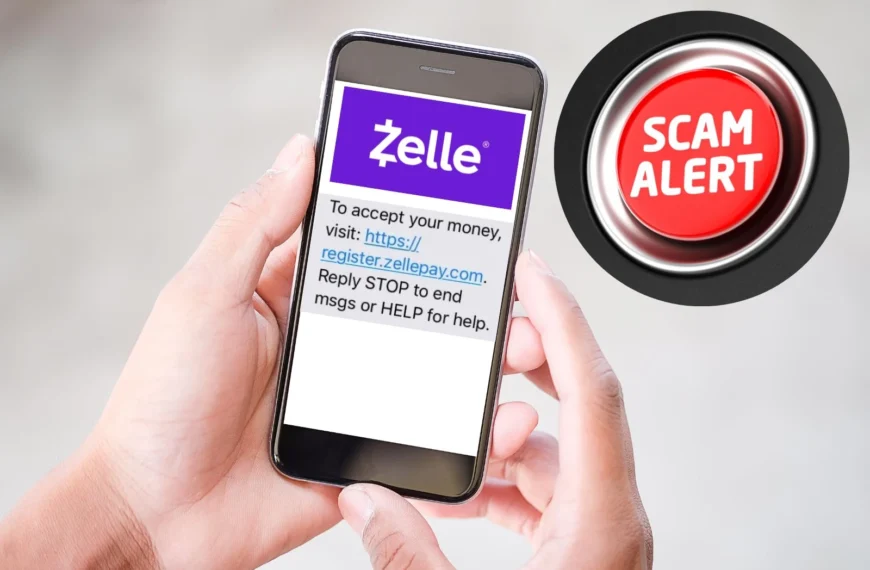The American Insurance Group (AIG) scandal remains one of the most notorious examples of corporate fraud in the financial world. By examining what went wrong at AIG, investors and consumers alike can learn valuable lessons on identifying red flags in both corporate accounting and online scam practices.
Background: Who Is AIG?
American International Group (AIG) is a multinational insurance and financial services giant with millions of customers worldwide. Once celebrated for its rapid growth and expansive global presence, AIG’s reputation was tarnished by a series of accounting irregularities and questionable financial practices that eventually led to massive regulatory fines and a high-profile government bailout.
What Went Wrong in the AIG Scandal
Key Issues and Fraudulent Practices
- Accounting Manipulation:
AIG’s scandal centered around fraudulent accounting practices. The company engaged in transactions that improperly inflated financial reserves and misrepresented earnings. For instance, certain loans were booked as revenue, and complex reinsurance deals were used to conceal the true level of financial risk. - Lack of Transparency:
The lack of clear disclosure and transparent reporting misled investors and regulators alike. AIG’s management manipulated financial statements to present an unduly positive picture of the company’s performance, ultimately eroding trust in the firm. - Executive Misconduct:
At the heart of the scandal was the behavior of top executives. High-pressure tactics to meet ambitious financial targets, along with decisions that favored short-term gains over long-term stability, contributed significantly to the scandal’s severity.
Consequences
- Regulatory and Legal Action:
AIG was hit with billions in fines, and its top executives were forced to step down. The company’s practices also prompted legal action from both federal and state authorities. - Government Bailout:
As AIG’s financial position deteriorated, it became a “too big to fail” institution. This led to an unprecedented government bailout, which, despite being controversial, ultimately aimed to stabilize the global financial system.
How to Spot Similar Scams
Learning from AIG’s mistakes can help investors and online users identify red flags in both corporate fraud and consumer scams:
Warning Signs in Corporate Fraud
- Unusual Accounting Practices:
Look for restatements of financial statements, off-balance-sheet transactions, or overly complex financial structures that lack clear economic substance. - Delayed or Opaque Reporting:
Companies that postpone earnings reports or provide vague explanations for financial discrepancies may be hiding underlying issues. - Excessive Pressure to Meet Targets:
An aggressive push by management to meet unrealistic financial goals can be a signal of manipulative practices designed to mislead investors.
Recognizing Consumer and Online Scams
- Unsolicited Communications:
Whether it’s an email, phone call, or social media message claiming to represent a reputable insurer like AIG, always verify the source. Scammers often mimic trusted brands to steal personal information. - Too-Good-To-Be-True Offers:
Beware of policies or investment opportunities that promise unusually high returns or exceptionally low premiums. Compare with other reputable sources before taking any action. - Poor Website Security:
Check for secure URLs (using “https”), proper branding, and clear contact details. Fake websites may have misspellings, low-quality design, or missing information.
Key Measures to Avoid Falling Victim
For both investors monitoring corporate behavior and online users safeguarding their personal data, the following measures are essential:
Due Diligence and Verification
- Research Thoroughly:
Always verify financial reports, check regulatory filings, and read independent analyses when evaluating a company’s health. Use official websites and trusted financial news sources for information. - Contact Directly:
If you receive an unsolicited offer from a company claiming to be AIG or another insurer, contact them using the contact details from their official website—not those provided in the suspicious message.
Cybersecurity Best Practices
- Enable Two-Factor Authentication (2FA):
Protect your online accounts by enabling 2FA on email, banking, and investment accounts. This extra layer of security helps prevent unauthorized access even if your password is compromised. - Use Strong, Unique Passwords:
Avoid reusing passwords across multiple sites. Consider a password manager to generate and store secure, unique passwords for each account. - Stay Informed:
Regularly educate yourself on the latest scam tactics and fraud prevention strategies. Resources from the U.S. Securities and Exchange Commission (SEC), Federal Trade Commission (FTC), and consumer protection agencies offer up-to-date guidance.
Vigilance and Prompt Action
- Monitor Your Accounts:
Regularly review your bank statements, credit reports, and investment portfolios for any irregular activity. - Report Suspicious Activity:
If you suspect fraudulent behavior—whether corporate or consumer-related—report it immediately to the appropriate authorities. Early reporting can prevent further damage and assist in investigations.
Conclusion
The AIG scandal serves as a stark reminder of how corporate fraud can undermine trust and have widespread consequences. By understanding the warning signs—from unusual accounting practices to deceptive online communications—investors and consumers can take proactive steps to protect themselves. Whether you’re scrutinizing a company’s financial reports or verifying an insurance offer online, diligence, robust cybersecurity, and prompt action are your best defenses against fraud.
Stay informed, stay skeptical, and always verify before you trust. These habits not only shield you from scams but also contribute to a more transparent and trustworthy financial marketplace.














